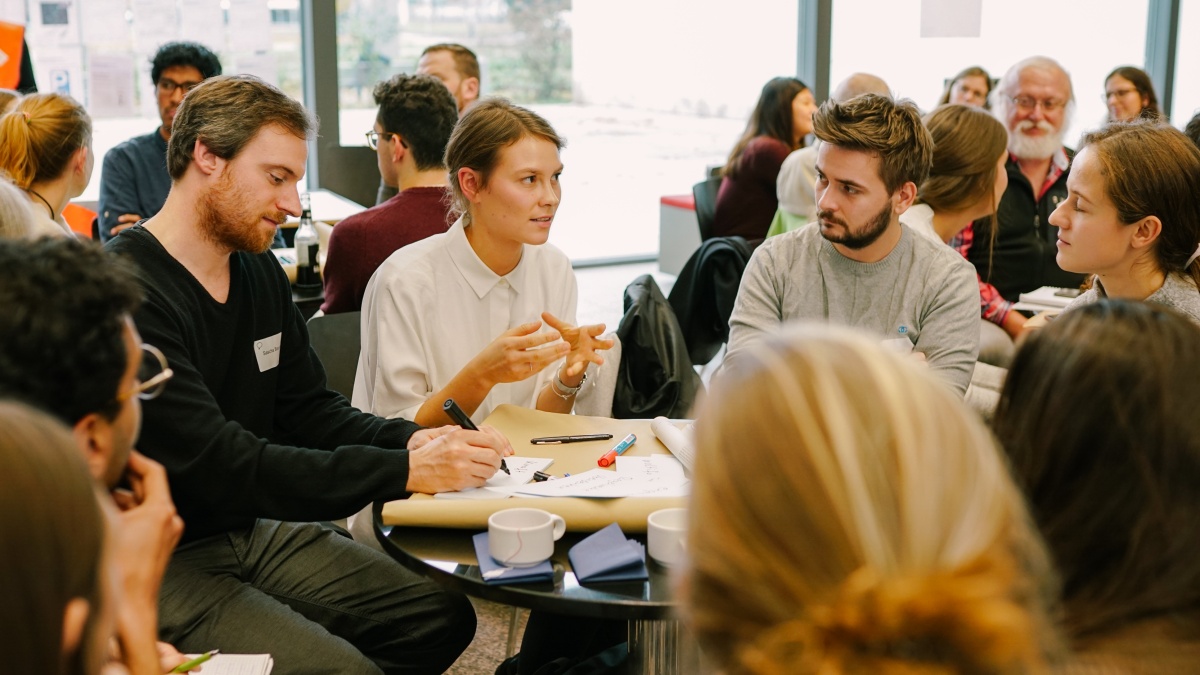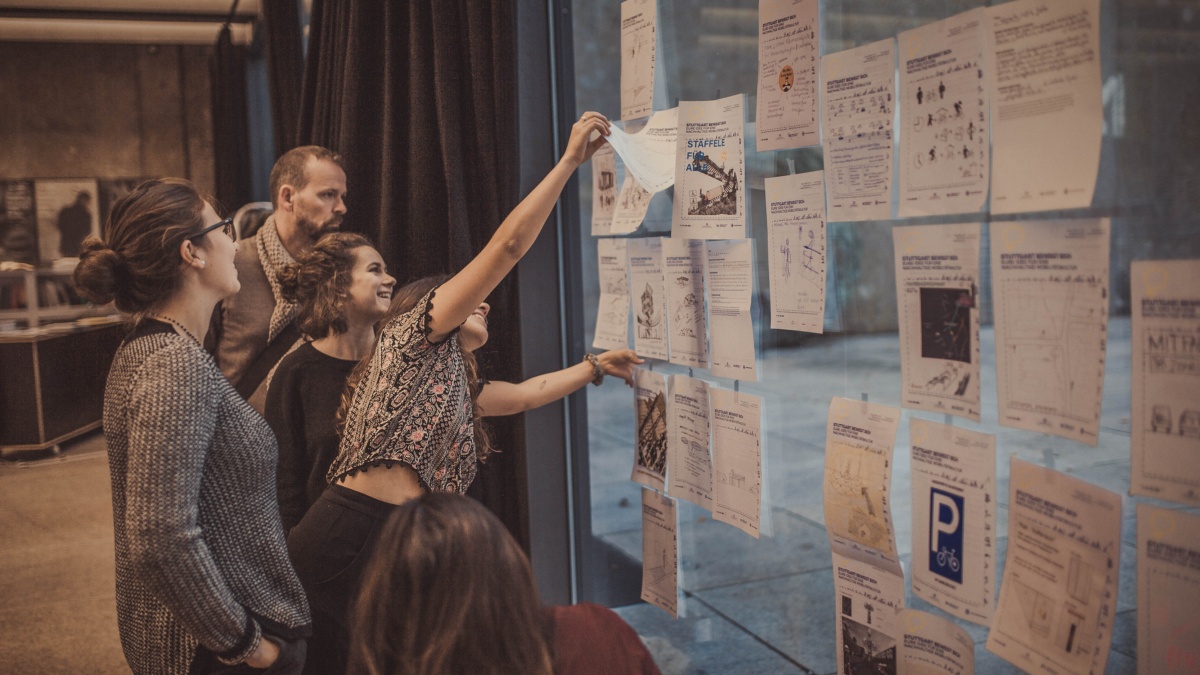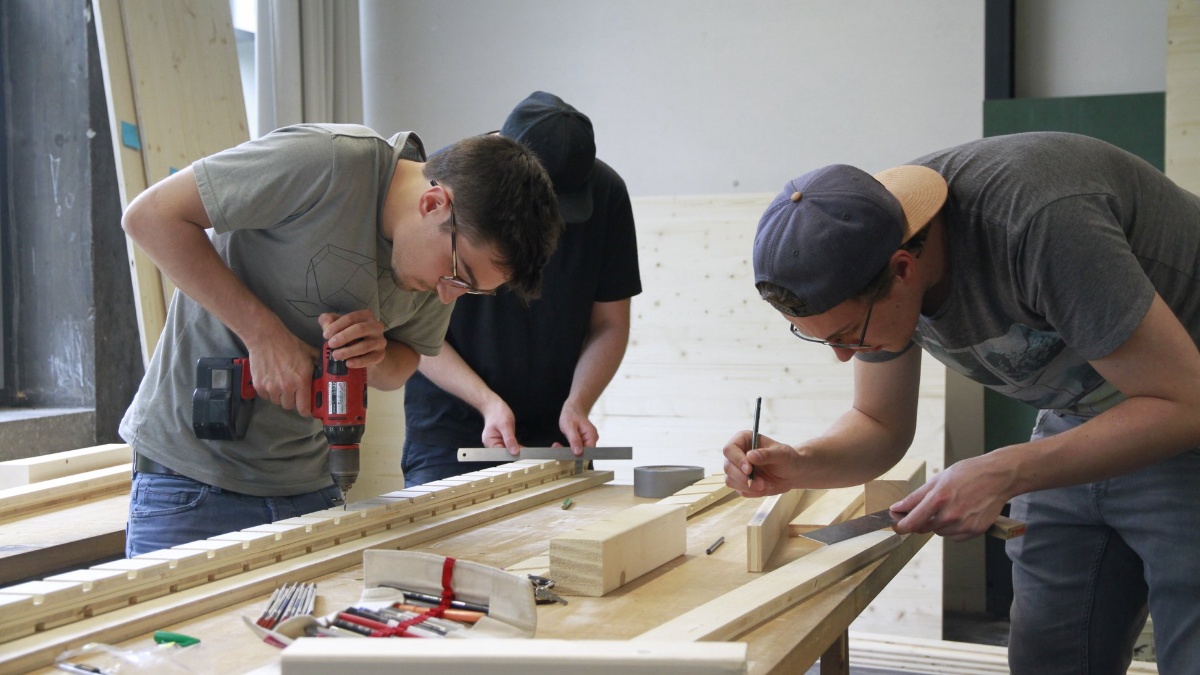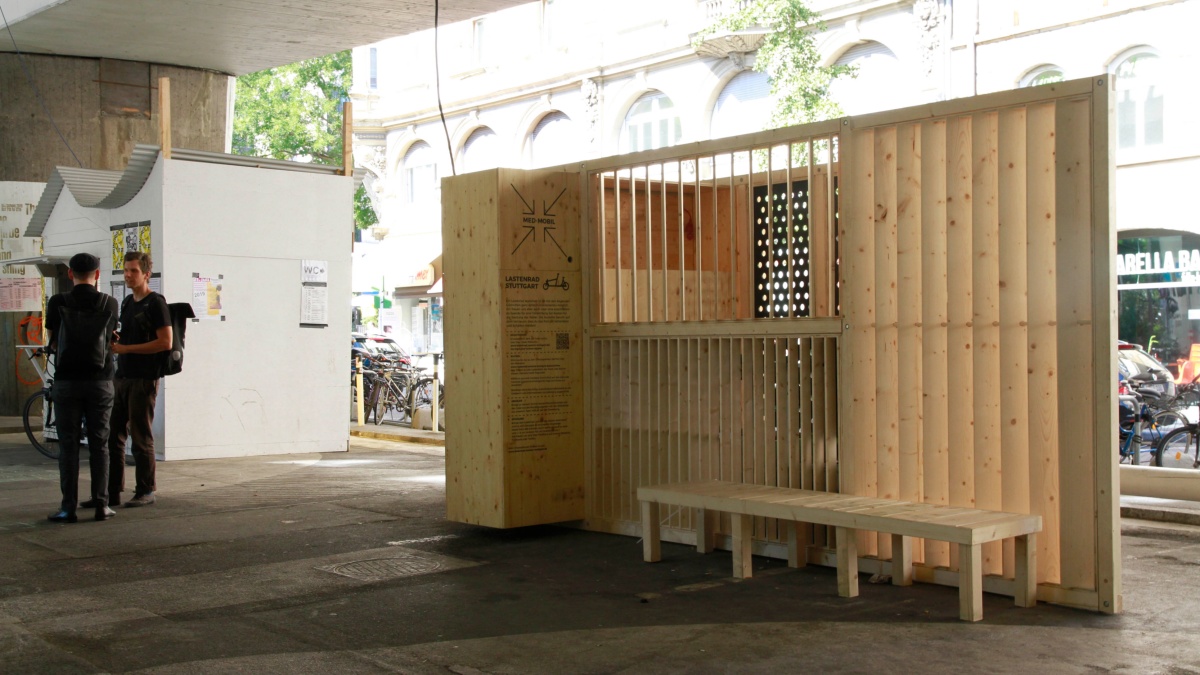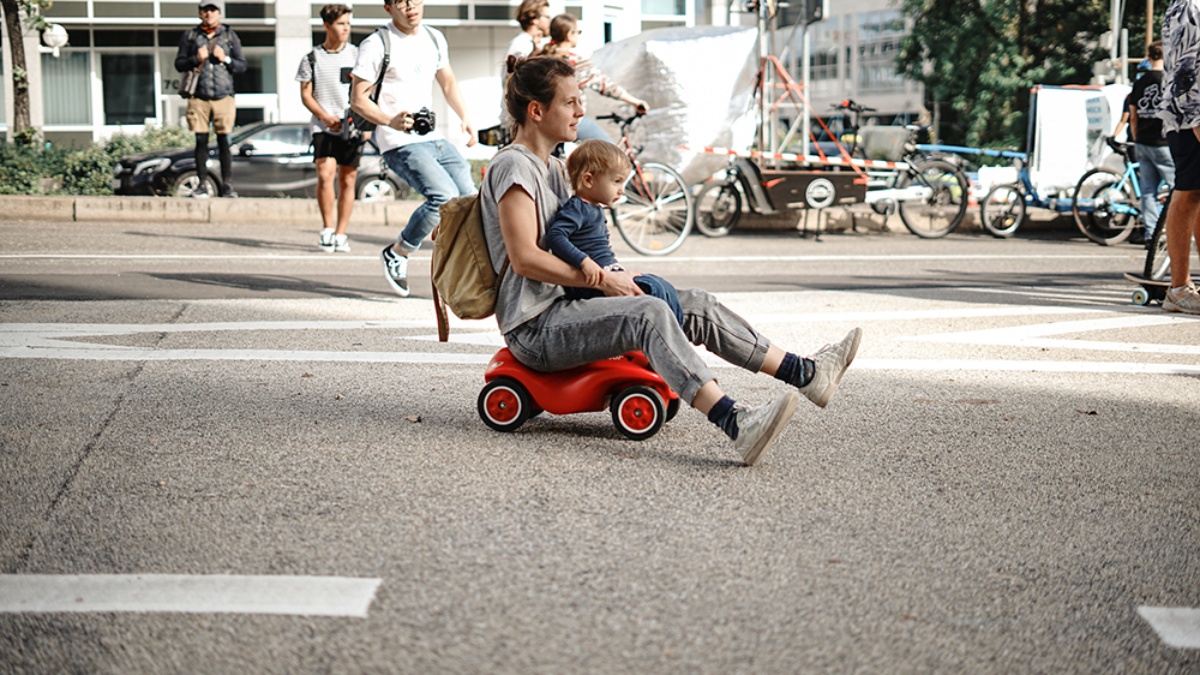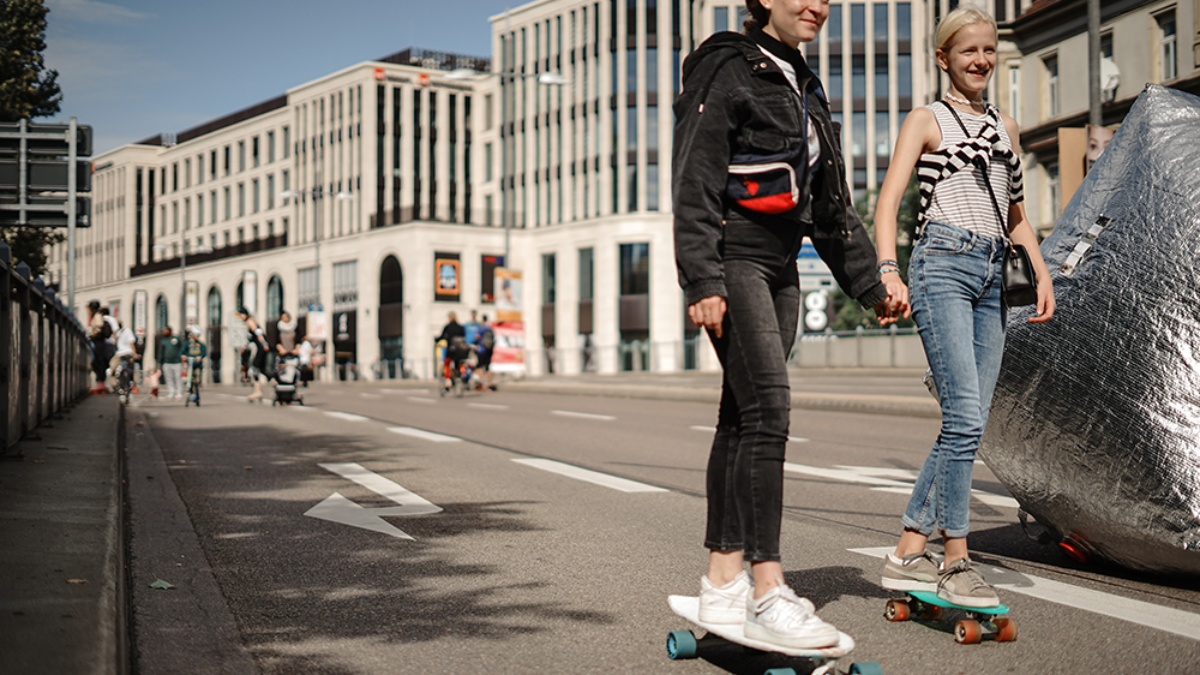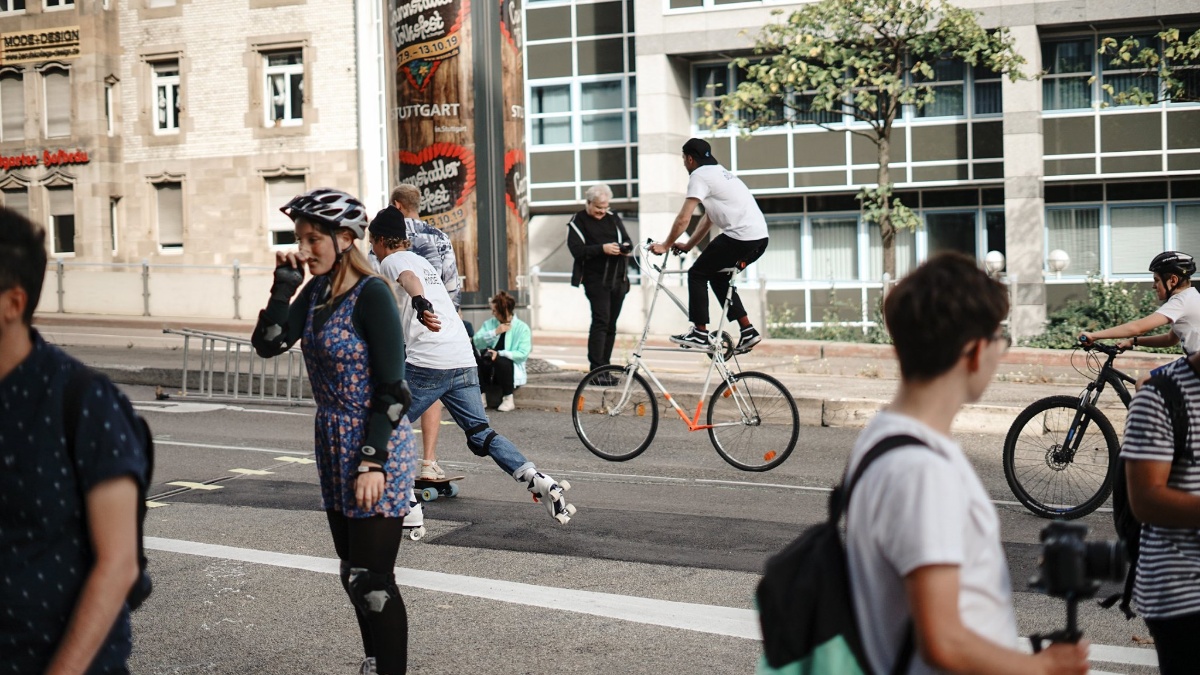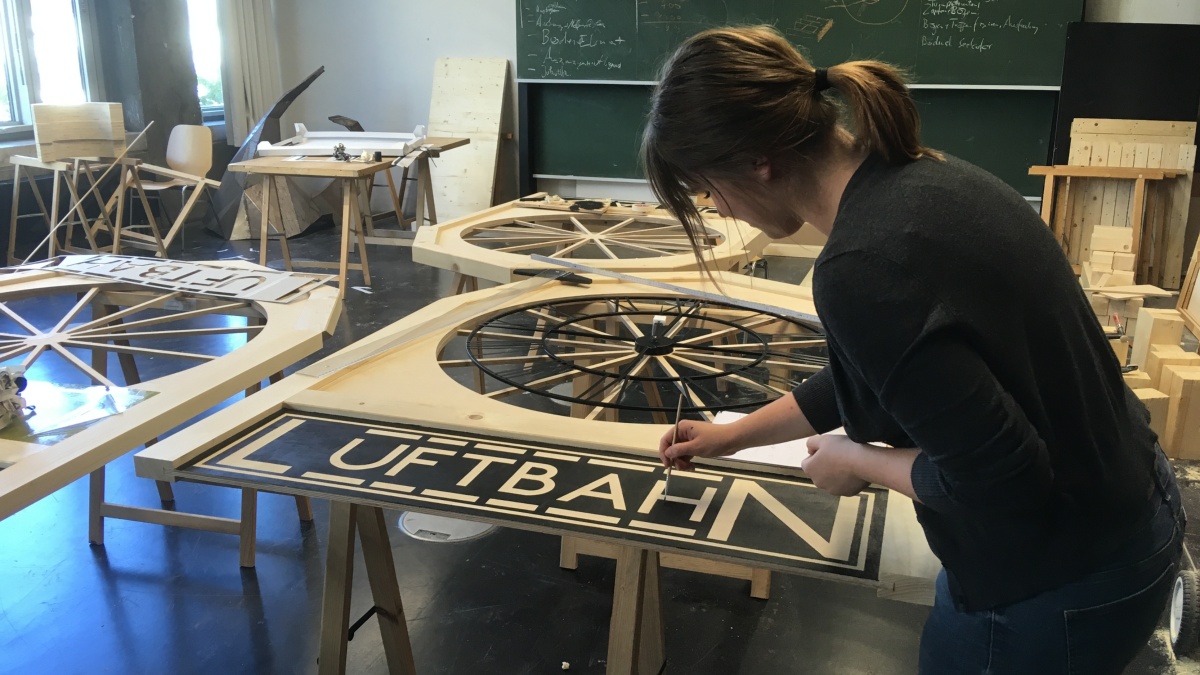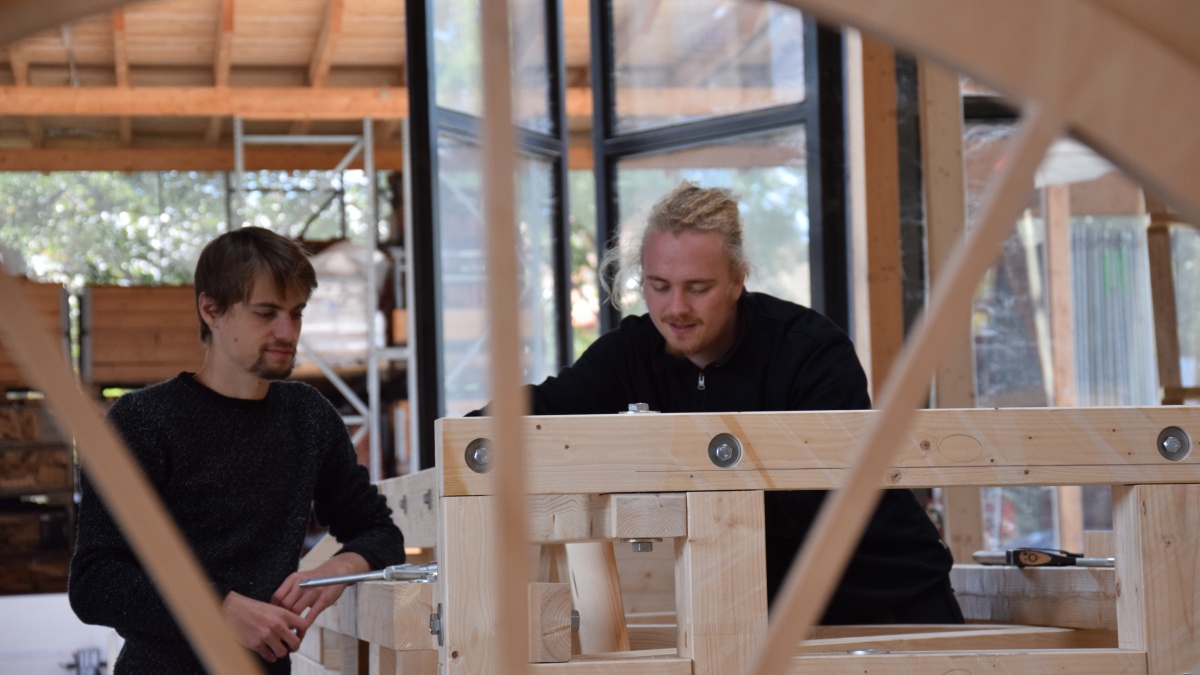
Real labs are taking science to society Among other things, the University of Stuttgart’s Institute of Urban Planning and Design is committed to collaborative experimentation. Their “Real Laboratory for Sustainable Mobility Culture” [de] has hit the nail on the head in a city famed for its car manufactur.
As Martina Baum, Professor of Urban Planning and Design at the University of Stuttgart and coordinator of the “Real Laboratory for Sustainable Mobility Culture” explains, “we work with the public to conduct research into the issues that shape their lived realities and we learn together.” “Sustainable mobility culture”, which is what the lab’ is focused on, is an obvious choice in Baden-Württemberg’s capital city. Stuttgart is one of those typical German car-friendly cities developed on the drawing board in the 1970s. Even today it is still dominated by the car and the negative consequences have long since become abundantly clear: Congestion, noise and air pollution are putting a strain on the environment and reducing people’s quality of life.
We’re not about restricting mobility. But we do want to call the strong focus on the car into question and point out other possibilities.
Prof. Martina Baum, coordinator of the ”Real Laboratory for Sustainable Mobility Culture”
For many years, mobility in this country has been considered to be synonymous with driving a car, and mobility concepts have been based on rewarding the use of one’s own private car. The stakeholders in the Real Laboratory have completely rejected this paradigm and wish to rethink mobility culture in a way that places people at the center of planning and design. “We’re not about restricting mobility,” Baum emphasizes: “But we do want to call the strong focus on the car into question and point out other possibilities.” Since 2014, seven of the University of Stuttgart’s Institutes have been collaborating with other universities and research centers, associations, institutions, municipal administrations and the public in the laboratory, which is funded by the state of Baden-Württemberg, in the search for concepts that conserve resources as well as promoting health and public participation.
Consciously experiencing interventions
During the first funding phase which ended in 2017, the researchers focused on making as many members of the public as possible aware of this highly contentious topic, whereby the focus has been on discussions, offers such as rickshaws or new places of encounter such as converted car parking spaces and the “Stäffele” staircases, which are typical of Stuttgart. The primary focus in Phase two was on experimenting in the public sphere. “What we learned from the first phase,” says Baum, “is that the best way to stimulate the discourse is through interventions in urban space that can be consciously experienced and lived.”
Three student projects which produced winning designs in Baum's “Provisional Architecture” seminar demonstrate new forms of practical discourse on the topic of mobility and urban society. How do we get around in the city? Who owns the spaces that have mainly been occupied by cars up till now? These were the questions that interested Ali Hajinaghiyoun and Felix Haußmann in their “StadtRegal” experiment.
For a period of six weeks, the multifunctional furniture was installed at Österreichischer Platz, which is a space dominated by a seemingly surrealistic traffic roundabout-bridge structure. The shelving provided space for emergency accommodation, a communal kitchen and a cargo bike rental outlet as well as flexible uses such as a food sharing, a medicine cabinet and space for communal cooking events. It developed into a space for spontaneous encounters for people from very different backgrounds.
Roller skating rink for all
The second of the winning projects also quite literally revolved around Österreichischer Platz. “How do you roll?” was what Cristina Estanislao Molina and her colleagues wanted to know. The basic concept involved transforming the space which “actually doesn’t relate to people at all” into a public roller skating rink for two hours.
Except for cars, it was open to any type of vehicles, from skateboards and bikes to rollators. Many people, especially families, responded to the call issued under the slogan “the city belongs to us all”. With music in the background and kids on roller skates, adults on cargo bikes and teenagers on unicycles, it was a very special experience for the 25-year-old Estanislao Molina: “this just goes to show how much you can get done if you follow up a good idea with a passion.”
Christian Köhler and his team invited the people of Stuttgart to take an imaginary journey into the past and asked, as part of their “Stuttgarter Luftbahn” project, what form of mobility the pioneers and masterminds of the late 19th century had been betting on. This led to the idea of telling the history of the “Luftbahn” (aerial tramway), a hot air balloon equipped with a passenger gondola. They also posed the tongue-in-cheek question of whether the “aerial tramway” might experience a renaissance and transport people from station to station in crowded urban areas with no noise or emissions. The project team designed a route plan for their hypothetical public transport system and built a railway station in style of the era. “What we did,” says Köhler, “was, as it were, to develop a future of the past.”
Experience-based knowledge ought to bear fruit
All project teams produced temporary interventions in collaboration with their various partner institutions, which met with great interest. Even though the main project will officially end in August 2020, Martina Baum hopes that the experience gained over several years in the Real Laboratory will continue to have a tangible effect within the city. She now knows that: “the University of Stuttgart could make a major contribution towards mastering the huge challenges we face as a society”, which, for the urban planner, confirms that the transdisciplinary approach to which Real Labs are committed has been established successfully.
Text: Jutta Witte
Prof. Dr. Martina Baum
Institute of Urban Planning and Design
- Areas of Research: Architecture and Housing, Urban Development and Spatial Planning
- Thematic Priority: Urban transformation and reconstruction processes, integrated urban development



